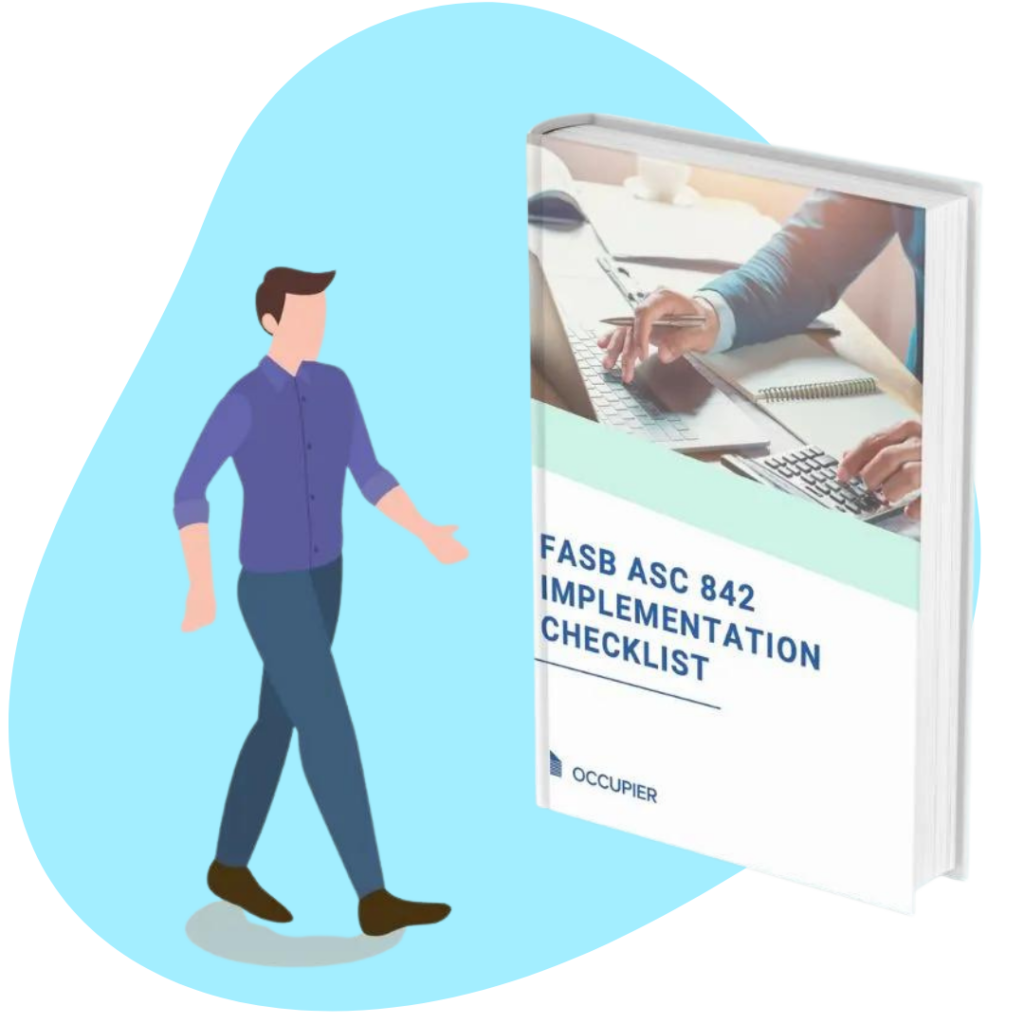Free Download
ASC 842 Implementation Checklist
Check all your boxes with our easy form-fill site survey checklist built for commercial tenants.

Ready for ASC 842?
ASC 842 fundamentally changes how operating leases are represented on the balance sheet by requiring all leasing obligations to be recorded as right-of-use assets and lease liabilities. This shift brings previously deferred rental costs onto the balance sheet, significantly altering its appearance and providing greater transparency. Our checklist will help you navigate these changes.
Frequently Asked Questions:
ASC 842 is the new lease accounting standard introduced by the Financial Accounting Standards Board (FASB), which requires companies to recognize almost all leases on their balance sheets as a right-of-use (ROU) asset and a lease liability. The goal of ASC 842 is to increase transparency and comparability in financial reporting related to lease obligations.
A contract contains a lease if it conveys the right to control the use of an identified asset for a period of time in exchange for consideration. This includes not only explicit leases but also embedded leases within service agreements.
You’ll need information on the lease term, lease payments (fixed, variable, purchase options), commencement dates, renewal or termination options, and any other relevant contractual terms.
After implementation, it’s crucial to continuously monitor lease terms, update lease data for changes, and maintain accurate records. Regularly review the new lease accounting policies to ensure ongoing compliance with ASC 842 requirements and prepare for future audits.